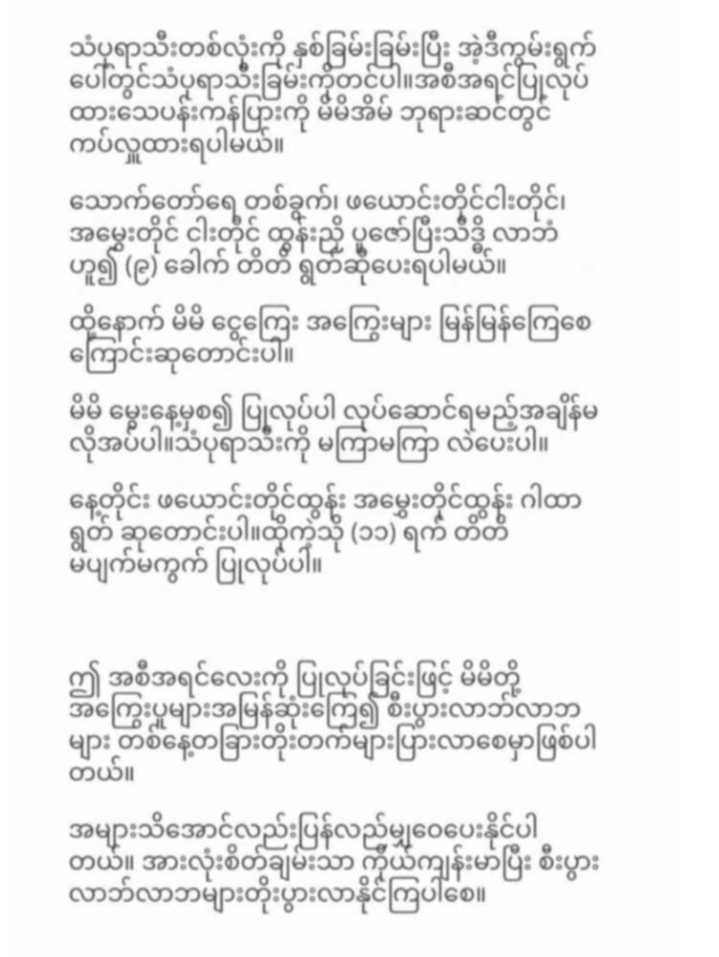
Estonia’s main trading countries
Estonia’s trade relationships are shaped by its strategic location on the Baltic Sea, a highly developed digital economy, and integration within the European Union (EU). As a small but open economy, Estonia’s primary trading partners are neighboring European countries, especially those within the EU. Here’s a deeper look at Estonia’s main trading countries, highlighting its import and export relationships, primary sectors, and the impact of regional dynamics.
1. European Union as a Key Trading Partner
Estonia’s membership in the EU has been instrumental in shaping its trading landscape. Over 70% of Estonia’s total trade is conducted with other EU countries, taking advantage of the single market, customs union, and the lack of trade barriers within the EU. This not only eases Estonia’s access to the European market but also supports stable trading relationships with nearby nations.
Finland: Among the EU countries, Finland is one of Estonia’s closest trade allies. Due to its proximity across the Gulf of Finland, strong historical ties, and similar economic interests, trade with Finland is robust. Estonia exports a range of products to Finland, such as machinery, electronics, and manufactured goods, while importing mainly raw materials, machinery, and technology-related products.
Sweden: Sweden is another significant partner, especially for exports. Estonia exports electronic equipment, timber, and various machinery parts to Sweden, benefiting from well-integrated supply chains across the Baltic region. Swedish companies have also heavily invested in Estonia, particularly in the banking and telecommunications sectors, fostering economic interdependence.
Germany: Germany is Estonia’s largest trade partner within the EU by volume. Estonia exports machinery, electronics, and automotive components to Germany, which benefits from Estonia’s competitive manufacturing sector. Germany, in turn, provides Estonia with machinery, chemicals, and consumer goods.
2. Baltic Neighbors and Regional Integration
Estonia shares close economic ties with Latvia and Lithuania, its Baltic neighbors, due to geographical proximity, cultural ties, and a shared history. These countries engage in substantial cross-border trade and maintain integrated markets within the EU framework.
Latvia: Latvia is one of Estonia’s top trading partners, as it serves both as a transit hub and a buyer of Estonian goods. Estonia exports food products, chemicals, and metals to Latvia while importing foodstuffs, machinery, and textiles. The shared border and compatible infrastructure have fostered a smooth trade relationship.
Lithuania: While trade with Lithuania is slightly lower than with Latvia, the relationship is still significant. Estonia exports electronics, chemicals, and manufactured goods to Lithuania and imports agricultural products, raw materials, and textiles. The Baltic States often work collectively on projects to strengthen energy independence and regional infrastructure.
3. Russia and Trade Dynamics
Due to its shared border, Russia has traditionally been a notable trading partner for Estonia. However, political tensions, especially following Estonia’s NATO and EU membership, have strained trade relations. Additionally, EU sanctions on Russia following the Ukraine conflict have further impacted trade volumes.
Estonia continues limited trade with Russia, mostly in specific sectors like food products, wood, and raw materials. However, trade with Russia remains relatively cautious, as Estonia aligns itself closely with EU policies, including sanctions.
4. Expanding Non-EU Trade Relationships
Estonia is actively working to diversify its trade beyond Europe by expanding relationships with countries outside the EU, including the United States and China.
United States: The U.S. has become an increasingly important trading partner for Estonia, primarily in technology and services. Estonia exports machinery, electronics, and IT services to the U.S., driven by Estonia’s thriving digital economy and tech expertise. Bilateral trade between the two nations is reinforced by Estonia’s strong cybersecurity sector, a strategic area of collaboration.
China: As China’s influence grows globally, Estonia has increased its trade ties with the country. Estonia exports mainly wood products, electronics, and machinery to China, while importing manufactured goods and electronics. Although trade with China is still relatively modest, Estonia views China as an essential market for its future growth and diversification efforts.
5. Other Noteworthy Partners
Netherlands and United Kingdom: Both countries have notable trade connections with Estonia, especially for exports in electronics and machinery. The UK’s departure from the EU (Brexit) brought some trade uncertainties, but Estonia has worked to stabilize this relationship.
Norway and Denmark: These Nordic countries are also key trading partners. Estonia exports various manufactured goods and imports oil, machinery, and consumer goods.
Conclusion
Estonia’s main trading partners reflect its European integration and openness to global trade. Close relationships with EU countries, Baltic neighbors, and a growing diversification toward non-EU markets illustrate Estonia’s adaptive and strategic approach to trade. By balancing regional relationships with global opportunities, Estonia continues to strengthen its economy and remain competitive on the international stage.




Leave a Reply